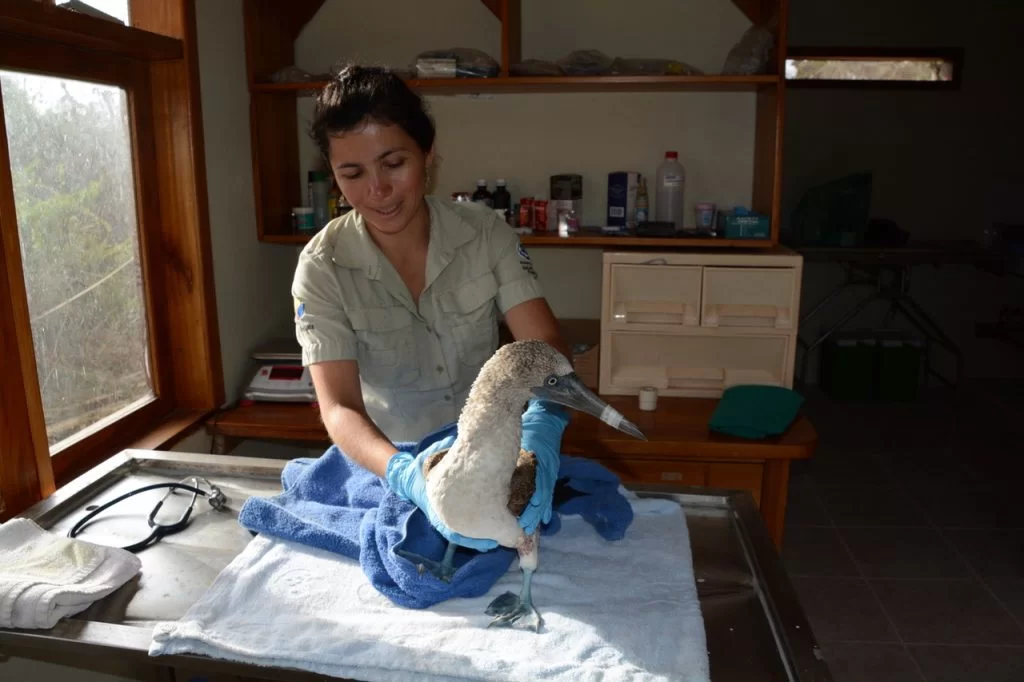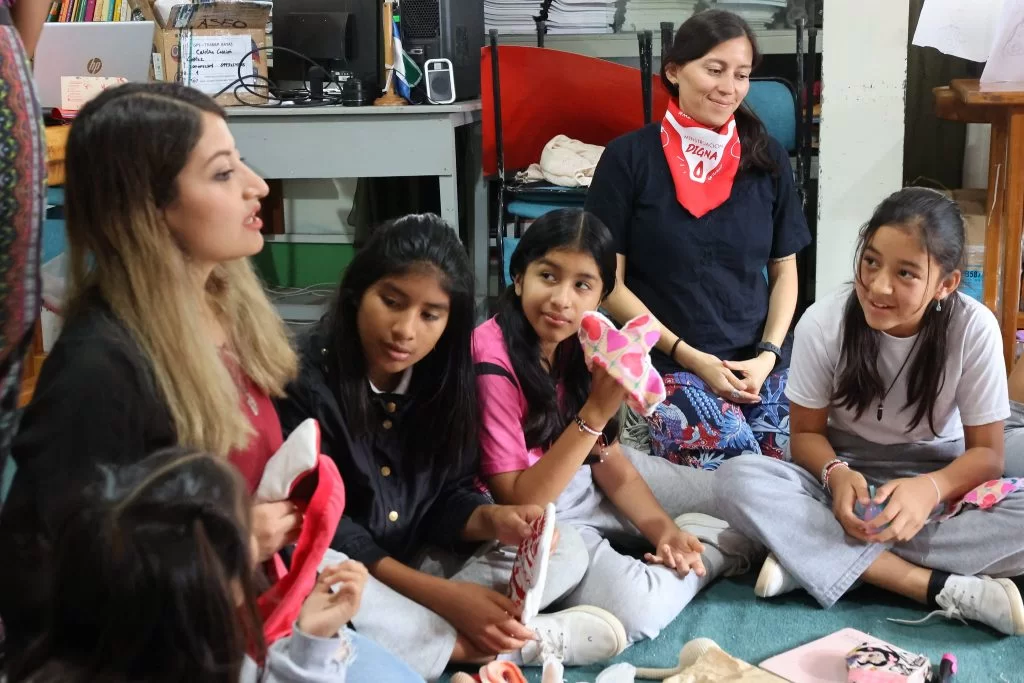Galapagos Conservancy has supported this rescue network since March 2002. It promotes and supports conservation efforts on the Galapagos Islands. Dr. Jorge Carrion is the conservation director at Conservando Galapagos and a partner in Galapagos Conservancy. He stated that “we are proud of working hand-in-hand to the GNPD and we aspire permanently to the short term recovery and, if feasible, the reintroduction affected species into their natural environment.”
Galapagos Conservancy supported the purchase of veterinary medicine, medical supplies, and rescue equipment to aid in the rescue and recovery efforts for affected species. It was also possible to adapt the marine animal hospital facilities and the necropsy area for the deceased.
- In 2022, 163 animals were reported as being in apparent adverse circumstances (injured or sick, or dead).
- 73% of the animals (119 animals) were directly or indirectly affected.
- 48 animals were treated by the RRN. 22 of them were able to recover and were released.
Experts performed a post-mortem examination of 26 animals in order to determine the cause of death. They found that vehicle collisions and canine attacks were the most common causes for animal injuries due to human activity.
Carrion stated, “We thank our collaborators, lovers of Galapagos biodiversity. whose donations enable me to provide permanent assistance for injured or sick wildlife of Archipelago and to take other timely steps to preserve this legacy.”

RRN staff treating a Blue Footed Booby © Galápagos National Park Directorate
Carolina’s educational program was launched on May 20,22. It is targeted at Santa Cruz Island girls aged 11 and 12. Many Galapagos women grew up believing that menstruation is associated with shame, limitation, or disease. Red Coral, a Campaign was created as part of the project with the help of experts from Red in Red Citizen’s Collective. This group of women is dedicated to education and menstrual health. The workshops offer detailed and precise information about managing menstruation.
Carolina spoke on the Galapagos Conservancy radio show. She stated that the initiative includes a sustainability component. This raises awareness about the fact that disposable menstrual pads and tampons are toxic to the environment. Reusable menstrual management products are very environmentally friendly and help women’s health.
This project will help girls to understand that menstruation does not have to be shameful.
Gabriela Vivas (Director of Operations at Galapagos Conservancy) commended Carolina’s initiative. She stated that stigmatization and taboos around menstruation have made it difficult for women to be educated, healthy, and happy. Menstrual education should be accessible to all.
Santa Cruz’s two public schools are involved in the project, which aims to reduce the stigma associated with menstruation. Around 200 people have benefited from the project, including 90 young girls and 13 teachers as well as their parents.
We hope to reach all Galapagos schools and colleges through this campaign, which aims to raise awareness about the importance of sustainable menstrual management products and biodegradable materials. Carolina stated, “I am passionately committed to helping our girls live their menarche naturally. This will allow them to explore this new phase in their lives with a more respectful perspective of their bodies.
Galapagos Conservancy commends Carolina for her efforts to address issues related to menstrual health from an environmental perspective. Carolina’s holistic approach prepares young girls for a new stage in their lives and examines the environmental impact of menstrual product.

Carolina Carrión in a menstrual education workshop © Galápagos Conservancy
To hatch baby tortoises, the first breeding program used artisanal solar incubators made of wood and lined by cement. To maintain eggs at a constant temperature, electric hair dryers were connected to timers. Iniciativa Galapagos funded the modernization and expansion of Santa Cruz and Isabela’s Breeding Centers. This included a sophisticated automated incubator system that controls and regulates the temperature.
In 1970, the program’s first great success was when 20 of its first baby tortoises were born in captivity and released to Pinzon Island. Nearly 9,000 juvenile tortoises were released back to their islands of origin since then. Captive rearing is responsible for the survival of as many as a third all Galapagos Giant Tortoises today. Galapagos Conservancy, Conservando Galapagos and Conservando Galapagos have supported the Galapagos National Park in maintaining three breeding centers. There are many threats to Giant Tortoises and their numbers remain below 10%. We are thrilled to announce that the San Cristobal Breeding Center will reopen in 2023. Today, 2,200 more juvenile tortoises are being kept at the Breeding Centers. They will soon be released into nature, and there will be thousands more.